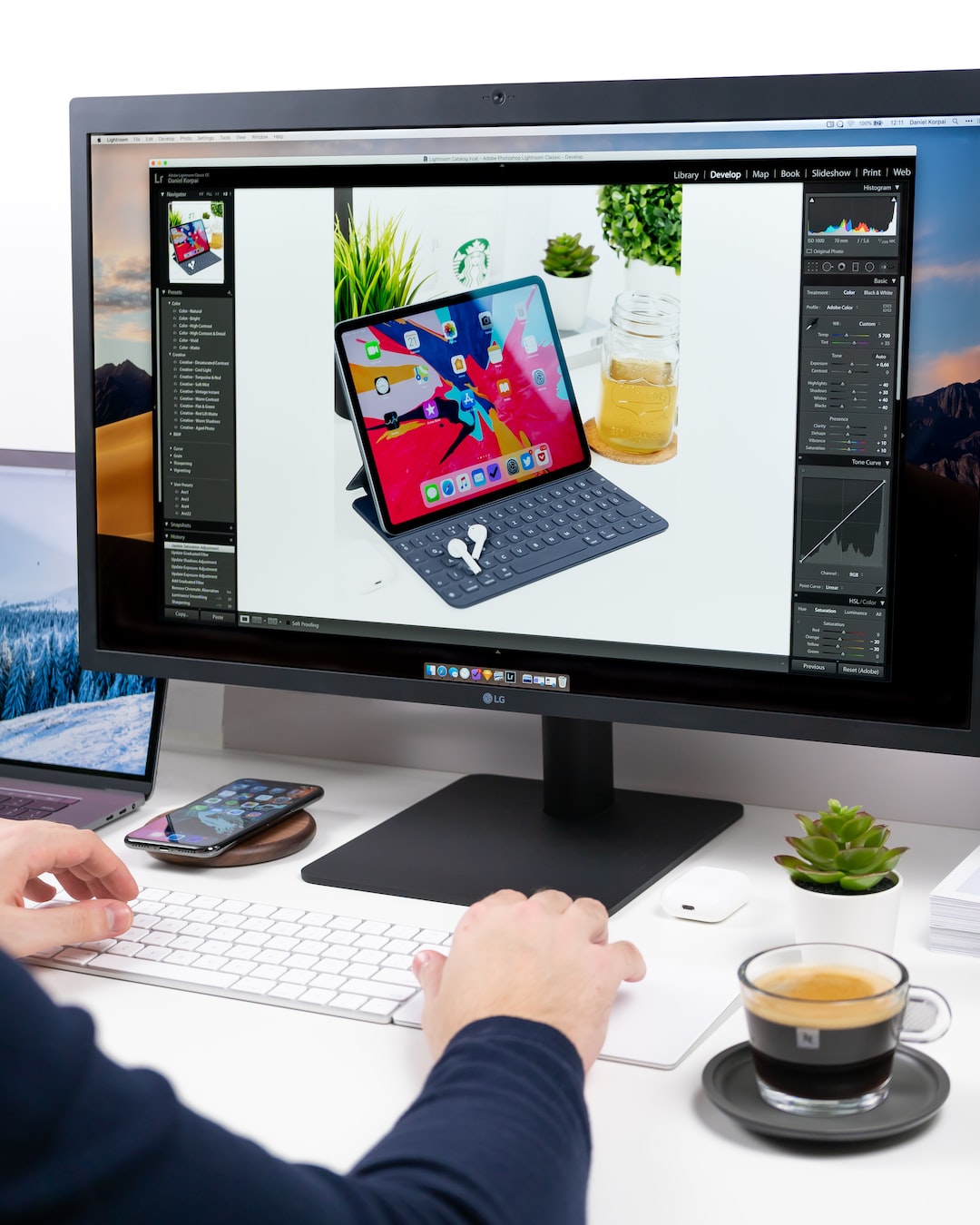Designing for Multilingual User Interfaces
In today’s globalized world, where virtual communication brings people from different cultures and languages closer together, it is crucial to consider the design of multilingual user interfaces (UI). As the user experience becomes paramount, businesses must ensure that their digital products are accessible to people across the globe. In this blog post, we will explore the key principles and best practices for designing effective multilingual user interfaces.
1. Internationalization:
The process of internationalization involves designing a product in a way that allows for easy adaptation to different languages and cultures. This includes separating the content from the code and ensuring that the user interface can accommodate various character sets, text directionality, and language-specific formatting. By implementing internationalization from the start, designers can lay the foundation for a smooth and efficient localization process.
2. Localization:
Localization goes hand in hand with internationalization by tailoring the user interface to specific languages. It involves adapting the content, images, dates, currencies, and other cultural elements to suit the target audience. To ensure a successful localization, designers should collaborate with professional translators and cultural advisors who can provide insights into language nuances and cultural sensitivities.
3. Design for text expansion:
Different languages have varying lengths and structures, and some languages may require more space than others to express the same idea. Designers should anticipate text expansion in their UI to avoid truncation, overlapping, or excessive white space. By allowing for flexibility in the layout, designers can accommodate the unique characteristics of each language and prevent any visual inconsistencies.
4. Iconography and visual language:
Icons are powerful tools for communication as they transcend language barriers. However, designers must be cautious when using culturally specific symbols that may not be universally understood. To ensure clarity and avoid confusion, it is advisable to combine icons with text labels or provide tooltips to clarify their meaning. Additionally, consider employing culturally neutral icons whenever possible to ensure comprehensibility in multilingual designs.
5. Understand cultural nuances:
Designers must recognize that each language and culture has its own unique set of rules and norms. Colors, symbols, and even gestures can carry different meanings in various countries. It is essential to conduct thorough research and consult with local experts to ensure that your UI design aligns with cultural expectations and avoids any unintended offense.
6. User feedback and testing:
Incorporating user feedback and conducting comprehensive testing are essential for identifying potential issues and improving the user experience. When designing for multilingual UIs, it is crucial to involve users from different language backgrounds to ensure that the translations are accurate and culturally appropriate. Usability testing in the target languages can help uncover any barriers that may hinder user interaction or comprehension.
7. Clear and concise language:
Clear and concise language is important in any UI design, but it becomes even more critical for multilingual interfaces. Avoid using complex jargon, idiomatic expressions, or ambiguous phrases that may be difficult to translate or understand. Maintain simplicity in your language choices to ensure that your UI is accessible to users with varying language proficiency.
8. Responsive typography:
Resizing, line breaks, and spacing can greatly impact the readability of text in a multilingual UI. Designers should pay attention to the legibility of text across different screen sizes and ensure that the fonts selected support various character sets. Responsive typography allows the text to adapt gracefully, ensuring optimal readability regardless of the language displayed.
In conclusion, designing for multilingual user interfaces requires careful attention to language, cultural nuances, and user experience principles. By implementing internationalization and localization from the outset, considering text expansion and responsive typography, understanding cultural expectations, and involving users in testing, designers can create inclusive and accessible products for global audiences. Ultimately, a well-designed multilingual UI can break down language barriers and facilitate efficient communication across the world.


